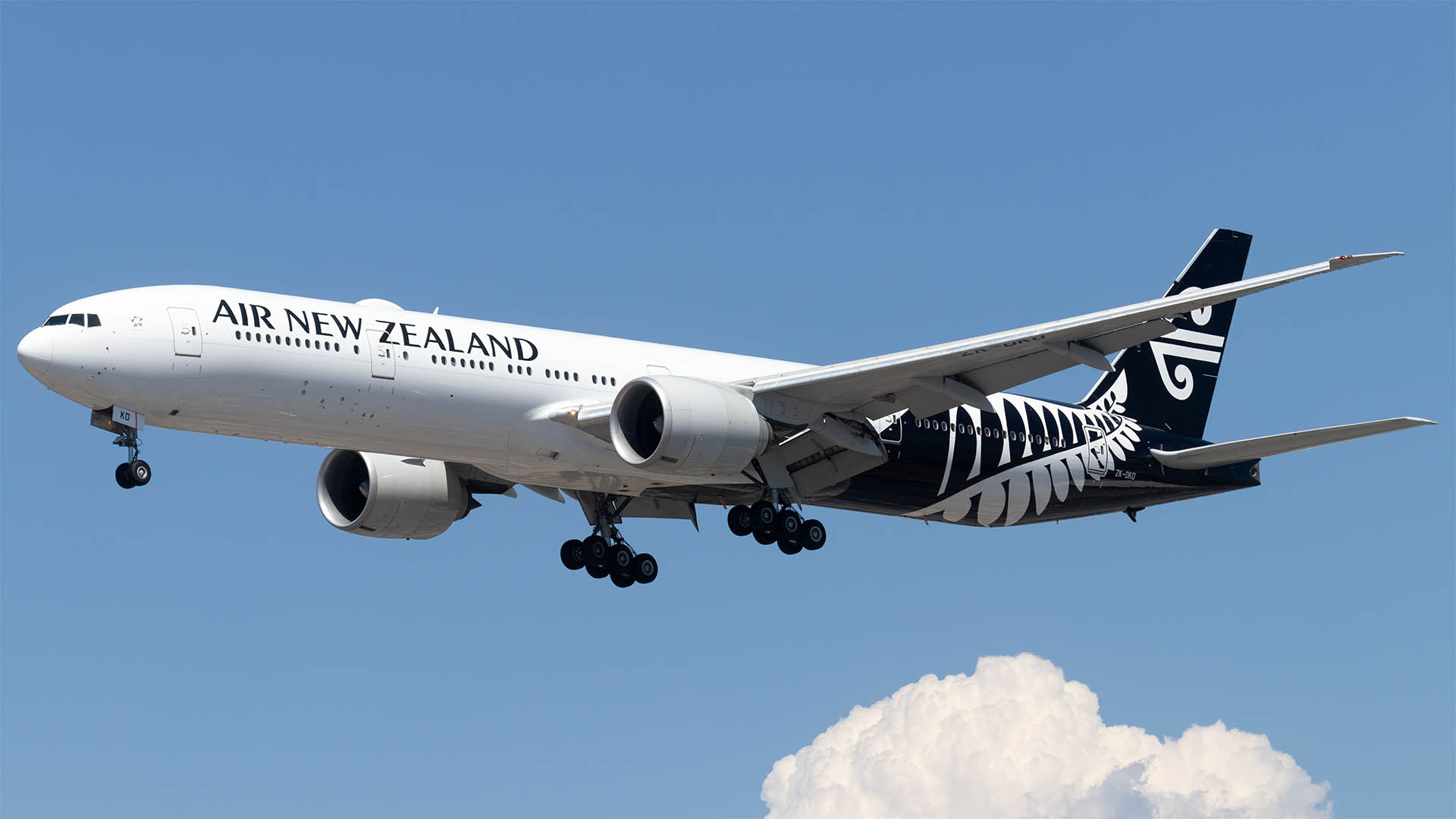
Predictably, the early media reports on the ANZ Bank’s profit for 2008 and highlight the 23% drop in cash earnings to $3.02 billion, and the rise in write-offs and losses to $1.9 billion.
That wasn’t ‘new’ news.
Seeing as how the bank had guided the market to this figure, and to the write-downs in at least three major announcements during the year, the result wasn’t a surprise.
But skittish investors weren’t happy and sold the shares down more than 5% to $18.01, in a market off 4.4% because Rio Tinto and BHP were sharply lower.
We have known for some time there would be a rise in charges for bad debts and a fall in the value of complex financial investments and that the cash profit would fall to around $3 billion.
And, as the NAB had guided the market to its results of an 11% fall in full year cash earnings to $3.9 billion, thanks to write-offs on various financial derivatives, the ANZ confirmed it had set aside $1.9 billion to cover its write-downs and potential losses on loans made to corporate and individual customers.
It was the ANZ’s worst profit performance in 10 years when earnings went backwards in 1998 in the face of the Asian financial crisis.
The ANZ took an additional $700 million charge in its results to cover increasing credit risks on a portfolio of derivatives after a mark-to-market valuation at the end of its latest financial year on September 30.
The additional amount had not been expected to be as high as that, but ANZ said that it expected to write back much of the value of the investments as markets eventually recover after the turmoil of the last 12 months. Actual cash losses are expected to be low, the bank added in its statement to the ASX.
Today’s overall result saw the bank’s cash earnings per share slump by 26% to 155.3c, but final dividend was held steady at 74c a share, which on top of the first half pay-out of 62c, made an unchanged 2008 payout of $1.36 a share. Again, all expected.
But the real story, like the NAB, was in the way the bank performed in a tough year, with higher interest costs (and before the write-offs).
The 2008 profit was struck on a 12% rise in underlying revenue to a touch under $12.3 billion thanks to a 16% growth in lending.
The Melbourne rival, the NAB only managed a 4.5% rise in revenues to more than $16.57 billion.
But at an underlying profit basis, the NAB did better, boosting its 13.9% to $8.1 billion, or a gross profit margin of just under 50%.
The NAB boosted its gross underlying profit by just 1% in the year (compared with 2007) to $6.463 billion but that was a still impressive 53% profit margin (of revenue) and like the NAB a good indicator of the immense strength of both banks in these tough times.
The ANZ has also encountered specific troubles with its links to collapsed brokers such as Opes Prime and Primebroker and its funding of the margin lender, Tricom.
A full financial cost from various legal actions and other payments is not yet known, but the ANZ will have to pay something to repair the damage and end the lengthening list of legal cases for some of these problem areas.
The Bank said in its statement to the ASX that the "results were impacted by a $1.4 billion increase in credit impairment charges on lending to $1.9 billion along with an $0.7 billion charge for credit risk on derivatives.
The collective provision has been strengthened by $829 million to sit at over 1% of credit risk weighted assets providing a strong position against the deteriorating global credit environment and softening economic conditions.
"The increase in the individual provision charge to $1.1 billion was driven principally by a small number of large single name exposures in the Institutional portfolio.
"Net interest margin declined 18 basis points impacted by the dislocation in global credit markets, partly offset by actions taken by ANZ to recover margin losses incurred in the first half.
"Operating expenses* grew 10% year on year reflecting continued substantial investment in the Asia Pacific business, remedial work in the Institutional division, lower than normal spend in the first half of 2007 and the full year impact of prior period investment in the Personal division."
The ANZ’s CEO, Mike Smith said: "The solid underlying result shows the strength of the Australian banking system and highlights ANZ’s ability to weather an extremely challenging year.
"We have maintained our dividend, provided security and confidence for our customers and worked hard to meet community expectations with responsible, sustainable banking services.
"Importantly the underlying performance of our business is sound. We delivered an excellent performance in Personal which has remained one of Australia’s best performing retail banks and one of Australia’s strongest deposit taking institutions.
"In Asia Pacific we are building a growth business which is delivering very good results leveraging the high economic growth in Asia and the deep regional liquidity pools.
"In Institutional, the business environment and operational issues have been more difficult; however we have adjusted our business model and tightened risk management to ensure we have a strong core customer franchise.
"In New Zealand, we have the leading market position and we are maintaining that franchise while driving productivity improvements.
"We are positioned well and will continue to take the necessary action to ensure ANZ remains one of the world’s leading banks with a strong credit rating.
"In the medium term, the main game at ANZ is our super regional strategy. What is












